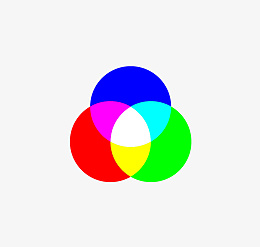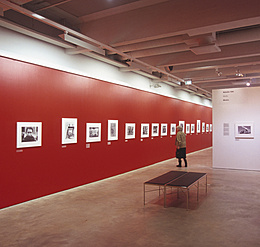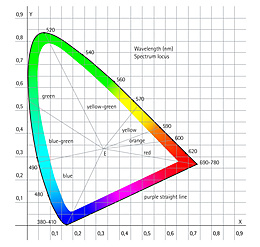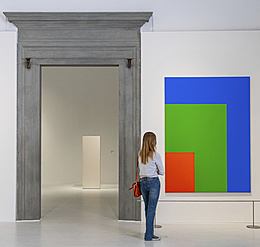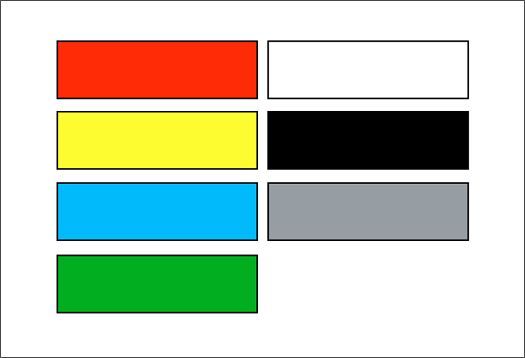
- Red is the colour of fire and the expression for power, warmth and energy. The colour has a dominant effect. Where pale red is concerned, the aspect of warmth decreases while its lightness increases.
- Yellow is the lightest colour in the colour wheel, but used in the foreground it does not have the same energy as red.
- Blue is the colour of the sky and is one of the cold colours which gives an effect of depth. Dark navy blue has a rather melancholy effect, whereas blue-green emanates peace.
- Green is the colour of vitality. Its nuances range from calming to refreshing.
- White is one of the non-colours and is the polar opposite of black. White stands for purity.
- Black stands for darkness and appears sinister and negative.
- Grey is one of the non-colours and appears indifferent.




